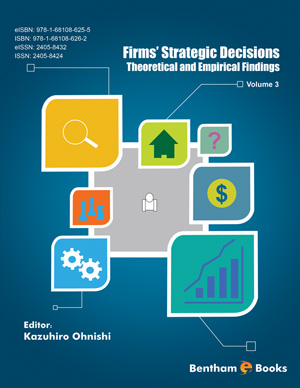Abstract
An immersive environment allows people to interact with a virtual
environment. Despite its relatively short history, immersive technology still finds
applications in medicine. There are numerous medical applications of immersive
technologies like virtual reality, augmented reality, and mixed reality, including the
improvement of vision, treatment of behavioral disorders, rehabilitating patients, and
creating customized fitness routines. The objective of this chapter is to assess the risks
associated with a technology-based healthcare system that benefits both patients and
professionals. In addition to delivering training and improving patient care, immersive
healthcare training systems help facilitate the delivery of training. Our first step is to
describe how the system functions, followed by risk analysis, such as Ishikawa, Fault
Tree Analysis (FTA), and Causal Loop Diagram (CLD), to highlight the three biggest
risks associated with the system. Further, this chapter will discuss the monitoring and
management of risks.









.jpg)


